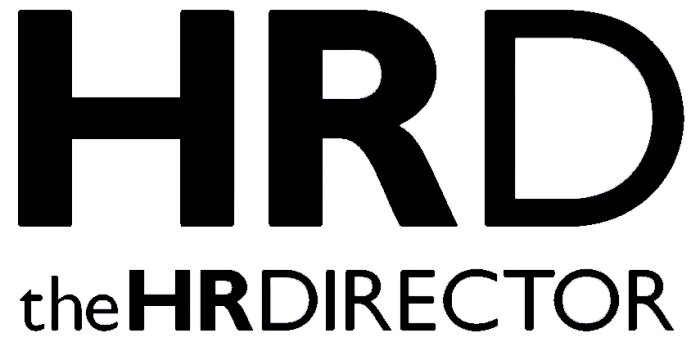When one executive falters, the whole team can lose rhythm. But high-performing leadership teams don’t happen by chance – they’re built with intention.
Behind every high-performing company is a leadership team that works – not just in skill, but in synergy. When it comes to driving results and navigating the fast-moving uncertainties that businesses face today, assembling a robust C-suite team lies at the centre of building organisational resilience.
Geopolitical shifts, economic instability, and supply chain uncertainty are now major business concerns. These conditions – many of which are full-blown crises – demand leadership that’s both agile and deeply aligned with corporate purpose.
“It shouldn’t be considered a luxury to have the essential ingredients of great leadership on your team,” says Annelize van Rensburg, Global Chair and Director of Executive Search at Signium Africa. “To lead with clarity and cohesion is an absolute necessity for success. Placing the right people in senior roles is just as important as finding the right skills at the grassroots level.”
It requires more than simply checking the boxes for experience when hiring a C-suite candidate. While many opt to hire a leader because they’ve done the job before, the most successful candidates are those who are frankly equipped to do the job, in the right context. Whether it’s guiding the organisation through geopolitical disruption or pioneering a digital transformation, effective executives are those who can meet the moment with strategic clarity.
Van Rensburg continues, “When filling an executive vacancy, strategic alignment matters more than profile perfection. Companies must look far beyond the resumé, and go through a rigorous process that ensures the right fit.”
● Sharing the selection responsibility
Selection committees bring multiple decision-makers to the table to ensure strategic alignment and combat individual bias. They focus on long-term fit, organisational values, and how the executive will interact with both leadership and governance structures.
● Testing candidate chemistry
Chemistry sessions test interpersonal fit beyond formal interviews. These informal meetings help reveal whether the candidate’s leadership style will strengthen (or clash with) the existing team dynamic.
● Assessing cross-functional abilities
Cross-functional input ensures the leader can collaborate effectively across departments. It offers a real-world check on whether the candidate can operate effectively in complex environments, navigate competing priorities, and add value enterprise-wide.
Leadership is a team sport
One common mistake is perceiving executives as independent operators, like islands that exist in isolation from the organisation. In reality, each C-suite leader or board member is a part of a collective, and a single weak link at the top can compromise the performance of the entire team.
Leadership is a “team sport”. Like any high-performing team on the field, it relies on a few core traits to play in sync and win together:
● Open communication
Leaders must create space for honest dialogue. When executives feel heard, they’re more likely to speak up with bold ideas or red flags.
● Mutual respect
High-trust teams respect differences in leadership style, background, and opinion, viewing them as strengths rather than threats.
● Shared goals
Everyone needs to understand how their role contributes to the bigger picture. When leaders pull in the same direction, momentum builds – that’s how clear goals and defined roles turn alignment into action.
From Good Enough to Exceptional
The difference between a competent team and a great one comes down to how well they execute plans. It’s not just what leaders know, but also how they work together and with their teams. Clarity, purpose, and trust are essential, but so is discipline in how the team shows up every day. That includes:
● Setting clear KPIs
Each executive must understand how their performance is measured and how it contributes to the bigger picture.
● Accountability
Accountability isn’t about policing performance – it’s about checking in, learning, and holding each other to a shared standard. When something’s off, great teams don’t wait to correct their course.
● Excellence across all touchpoints
The tone is set at the top. When leaders model consistency, focus, and care in their operations, it trickles down, shaping the culture and raising the bar for everyone else.
● Diversity of thought
Better decisions come from a mix of voices. Research from McKinsey shows that diverse leadership teams are 36% more likely to outperform their peers. However, real diversity doesn’t happen by accident. It takes intent and a willingness to hire beyond the comforts of what feels familiar.
Executing with excellence – leading in harmony
“Exceptional leadership teams are built over time,” says van Rensburg. “It starts with finding people who fit, and then constantly tuning the team dynamics, the way you would with an orchestra of instruments. Some leaders leave, others join – each and every change brings new opportunities and nuances. One thing that leadership cannot afford is a voice that operates out of tune and out of sync with everyone else. As hard as it is, C-suite can only invest in the winners, and choose to cut losses swiftly when someone isn’t performing.”
In the words of Dr. Mamphela Ramphele, South African activist and businesswoman, “Leadership is not about the self. It is about helping others rise so that they can lead alongside you.” Great leadership goes beyond individual brilliance, exploring the possibilities of a team functioning as a whole, in perfect harmony.







